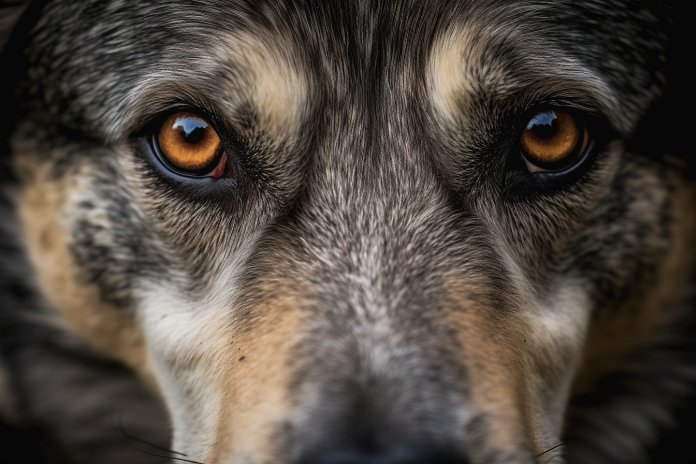
Dog owners have always been curious about how their dogs see the world. While it was previously believed that dogs can only see in black and white, recent research shows that they can see more colors than we thought. Let’s explore what colors dogs can see and how they perceive the world.
Signs Dogs Can See Colors
Dogs give us signs that they can see certain colors and signs that they can’t. For example, they may show a preference for blue toys over red toys because dogs see yellow and blue more vividly. They may also struggle to find toys of certain colors in the grass. By understanding these signs, we can choose toys that are easier for them to see.
Body Language
When dogs can see a particular color, they may display alertness, bark, wag their tail, raise their ears, or have their ears up. Other signs can include sorting toys into white and colored groups, wagging their tail at the sight of a toy in a color they can see, and losing toys of certain colors in the grass.
History of Dogs Seeing Colors
In the 1930s, it was widely believed that dogs could only see in black and white. However, in 2013, Russian scientists discovered that dogs can see yellows and blues but not red or green. They also found that dogs have better vision than previously thought, being able to distinguish between objects in a lineup.
Science Behind Dogs Seeing Colors
Dogs and humans see the world differently due to differences in their eyes. Dogs have more rods, which allow them to see better in the dark, but they have only two types of cones compared to humans’ three. Dogs lack the cones that allow humans to see red and green, making those colors invisible to dogs.
Dealing with Dogs Seeing Colors
Understanding how dogs see colors can help us choose toys and products that are more visible to them. Opting for blue and yellow toys instead of red, green, purple, orange, or pink can enhance their enjoyment. During a game of fetch, using toys that are easily distinguishable from the grass, such as blue or yellow, would be preferable.
Conclusion
Although dogs don’t know they see the world differently, it is important to make it easier for them to see their toys. Asking them to see colors they can’t perceive would only lead to frustration. Instead, we can teach them to sort toys based on whether they have color or not, making it a more enjoyable experience for both dog and owner.
Understanding how dogs see colors can help us better interact and engage with our furry friends. While dogs can see a limited range of colors, mainly blue and yellow, it is important to consider their visual perception when choosing toys and playing games. By being mindful of their color vision, we can ensure that our dogs have an enjoyable and visually stimulating experience.

Tips & Things to Know
1️⃣ Dogs can see more colors than just black and white, but they have a limited color range compared to humans. They can see yellows and blues, but not reds or greens. So, when choosing toys for your dog, opt for blue and yellow instead of red, green, purple, orange, or pink.
2️⃣ Dogs may display certain body language signs when they can see a particular color, such as being alert, barking, wagging their tail, or raising their ears. They may also exhibit signs like sorting toys into white and colored groups, wagging their tail at the sight of a toy in a color they can see, or losing toys of certain colors in grass.
3️⃣ Dogs have more rods in their retinas, allowing them to see better in the dark than humans. However, they have fewer cones and lack the third type of cone that humans have, which allows us to see red and green. Understanding these differences can help you better navigate the world with your dog and choose toys and products that are more visible to them.
Frequently Asked Questions, Answered ✅
1. Can dogs see color?
Yes, dogs can see colors, but they have a limited color range compared to humans. They can see yellow and blue but cannot distinguish red or green.
2. How can I tell if my dog can see certain colors?
You may notice signs such as your dog showing more interest in toys of certain colors, having difficulty finding toys of certain colors in grass, and displaying body language like alertness, barking, wagging tail, and raised ears when they see a particular color.
3. Why do dogs have limited color vision?
Dogs have fewer cones in their retinas compared to humans, which are responsible for detecting color. Humans have three types of cones, including those that perceive red and green, while dogs only have two types of cones.
4. What are the best colors for dog toys?
Blue and yellow are more vivid to dogs, so choosing toys in these colors will be more enjoyable for them. If blue or yellow toys are not available, purple can also work as it is distinguishable from the color of grass that dogs see.
5. How should I help my dog with their limited color vision?
You can make it easier for your dog to see their toys by selecting toys in colors that they can distinguish. Avoid asking them to sort toys based on colors they cannot see and instead teach them to sort toys based on whether they have color or not (white and colored).